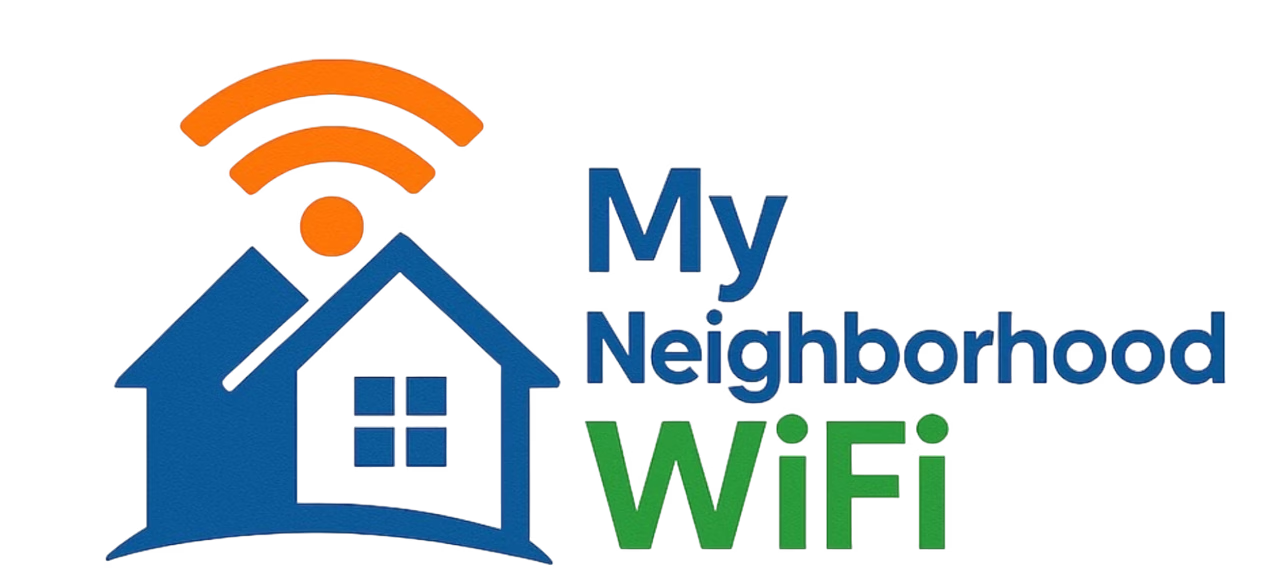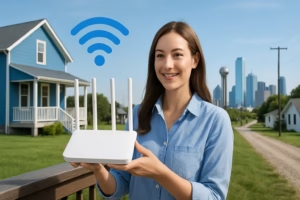
If you’re searching for faster and more reliable internet, chances are you’ve come across fiber internet availability. Fiber has earned its reputation as one of the best home internet technologies because of its high speeds, reliability, and ability to handle multiple connected devices without lag. But before you get too excited, you’ll first need to figure out if fiber internet is even available in your area.
Checking whether your neighborhood has fiber service can be quick and simple—if you know where and how to look. This guide will walk you through everything you need to know about checking availability, understanding what fiber internet is, and evaluating whether it’s the right choice for your home.
Why Fiber Internet is Different
Fiber internet works by transmitting data as beams of light through thin glass fibers. Unlike traditional copper cables, fiber doesn’t face the same limitations with distance or speed. That’s why it’s considered “future-proof.”
- Faster upload and download speeds compared to DSL or cable.
- Better reliability—less impact from weather or power issues.
- Higher capacity for households with multiple devices streaming at once.
- Low latency, making it ideal for online gaming and video calls.
How to Easily Check Fiber Internet Availability in Your Area
Here’s where things get practical: figuring out whether fiber is actually available near your home. There are several ways to do it without spending hours searching.
1. Use Online Address Checkers
The fastest way to confirm service availability is by using an online checker. These services let you type in your street address and see if fiber exists nearby. While many providers offer their own, you can also find crowdsourced data from discussions on Reddit or community tech blogs. Sometimes neighbors share updates in these forums about new builds or planned rollouts that official maps might not yet reflect.
2. Explore Your Local Government Resources
In many areas, local municipalities provide digital maps or reports showing where fiber optic lines are installed. City or county technology departments often publish this information as part of broadband expansion efforts. Checking these maps can be particularly helpful if you live in rural areas where service providers may be slower to update availability data.
3. Ask Neighbors and Community Groups
Sometimes the easiest way to check is the old-fashioned way: ask someone nearby. Many fiber projects expand neighborhood by neighborhood. If a neighbor across the street has fiber, chances are it’s available for your home too—or will be soon. Community Facebook pages, local Quora discussions, and Nextdoor groups often share recent installation experiences.
4. Look for Construction Signs or Network Upgrades
If you notice construction crews laying cables or see “fiber internet now available” signs popping up in your neighborhood, this is a strong indicator that service is expanding. These on-the-ground signs often appear before official websites update their availability records.
5. Contact Local ISPs Directly
Even if your favorite search result doesn’t show fiber yet, it’s worth making a direct phone call to local internet providers. Sometimes availability is tied to whether a technician has reached your specific address. Calling directly gives you the most up-to-date information.
Key Things to Consider Before Switching
Just because fiber is available, doesn’t mean jumping to it without thought. Make sure it’s the right fit for your household’s needs.
| Factor | Why it matters |
|---|---|
| Speed | Fiber often starts at symmetrical speeds (same upload and download), which is helpful for video calls, uploads, or gaming. |
| Price | Fiber can be competitive, but costs slightly more in rural areas. Check installation fees. |
| Availability | It might not yet cover every street in your area. Service could vary by even one block. |
| Installation | Some homes may require new wiring installation, taking a few hours or more depending on setup. |
Tips for a Smooth Installation
- Ask about installation fees in advance so you’re not surprised.
- Confirm whether the installer will bring all necessary hardware (like an Optical Network Terminal).
- Make sure you have a good WiFi router that can handle faster gigabit speeds (check reviews on sites like YouTube to compare models).
- Plan the installation route. The technician might need to drill through a wall to bring the fiber line inside.
Alternatives if Fiber Isn’t Available Yet
Fiber won’t always be available everywhere right away. If you find that fiber hasn’t reached your area yet, there are still alternatives worth considering:
- Cable or DSL: Slower upload speeds, but usually more widely available.
- Fixed Wireless: Uses radio signals to connect homes, increasingly common in rural areas.
- Community Projects: Some towns create their own cooperatives or municipal broadband networks.
If you’re determined to get fiber, keep checking availability every few months. Expansion projects often update quickly. Local discussions on Reddit communities can help keep you informed.
Final Thoughts on Fiber Internet Availability
Fiber internet can transform how you use the web. From seamless 4K streaming to low-lag gaming and crystal-clear video calls, it’s considered the future of broadband. Checking if your home qualifies is easier than ever—thanks to online tools, local maps, and community-driven insights.
And if it’s not in your area just yet? Don’t worry. Fiber expansion is one of the fastest-growing infrastructure projects across the country. Sooner or later, the speed of light will quite literally reach your neighborhood.
“Most inquiries are answered within the same day”
Written by admin
Content writer and tech enthusiast sharing insights on internet connectivity.



